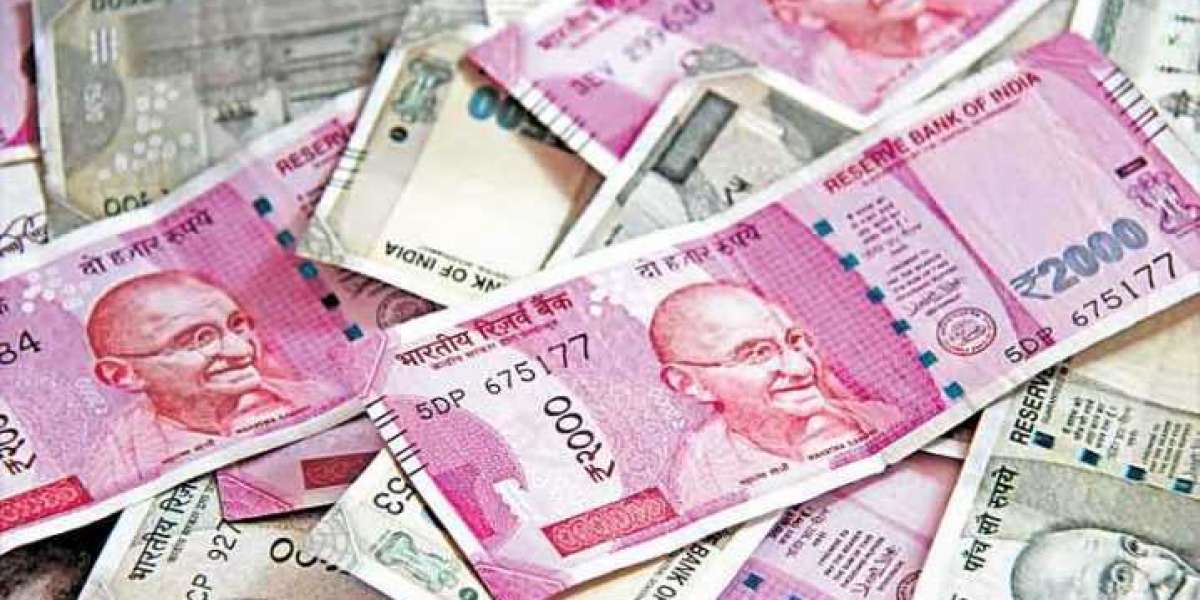Japan’s brokerage company Nomura said on Tuesday that economic activity in India still remains weak and the country’s gross domestic product (GDP) is expected to fall by 6.1 percent in the current financial year. Nomura said in his report that the Reserve Bank may keep the policy rate unchanged in the monetary policy review to be held in August but may cut it by 0.25–0.25 per cent in October and December. All analysts believe that the Covid-19 epidemic will lead to a decline in GDP. Because this crisis has affected both supply and demand in the economy since March. According to official figures, inflation has increased, leading to a fall in GDP on a real basis. Nomura said that from the point of view of growth, the June quarter figures would be at the lowest level and the economy would fall by 15.2 percent. Also, GDP will never come in positive range in the remaining period of the current financial year.
According to the brokerage company, it is expected to fall by 5.6 percent in the September quarter, 2.8 percent in the December quarter and 1.4 percent in the March quarter. As a result, the GDP for the entire financial year 2020-21 will be 6.1 percent lower than the previous financial year. According to the report, demand will remain weak compared to supply. This is mainly due to weak service sector activities and reduction in urban consumption demand. It states that the ‘lockdown’ has a wide impact on demand. In view of the crisis and incompleteness of income, people are emphasizing on precautionary savings. On the other hand, supply has been disrupted for as long as restrictions have been imposed in the form of ‘lockdown’. Nomura said GDP has been estimated based on an analysis of high-frequency data, including employment and electricity demand.








